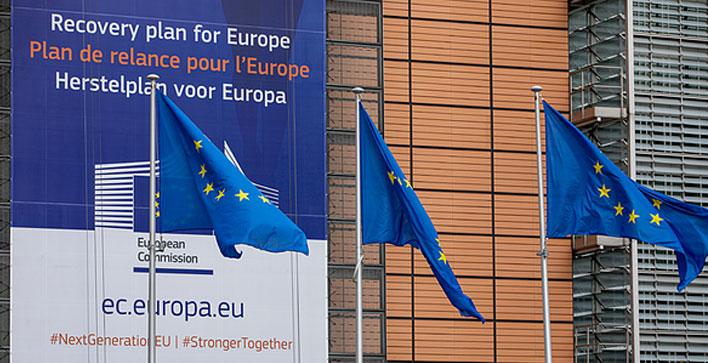PPI4MED in Italy highlights the challenges of Public Procurement of Innovation in a White Paper

Over the past decade, the strategic use of public procurement has become a central topic of European innovation policy. In an economic phase characterized by scarcity of available resources, public demand for innovation could improve the delivery of public services by consuming fewer resources, and addressing complex social challenges by steering the process of technological change towards socially shared goals. However, despite the growing interest in the issue of innovative procurement within the European and national policy agendas, there is a clear gap in the statistical knowledge and empirical evidence on this topic.
Public demand for innovation in Italy is likely sub-optimal. Although, there is no consistent measurement system to evaluate public procurement of innovation, the analysed data show a lower share of expenditure for the two components of innovation procurement i.e., public demand for research and development, and public demand for innovative goods and services, than in the richest European countries.
Several indicators that provide a measure of how open a procurement system is to innovation, highlight that the procurement system in Italy should be improved.
The Italian White paper is divided into ten main chapters, analysing the state of the art in Italy, a benchmark with other EU Countries, the regulatory system, some actions to facilitate Innovation Procurements; the importance of measurement and last, but not least, the new role played by the National Recovery and Resilience Plan, namely PNRR.
The authors are CNR experts in the field of PPI (from the Italian National Research Council (CNR) and Italian partner of PPI4MED) and they point out that regulatory actions could help to create a more favourable framework for innovation. These might include:
1. Intellectual property rights: standard terms and conditions under national legislation require that, unless specified in the tender conditions, the intellectual property of innovative goods and services remains in the hands of the public contractor.
2. Measures to support the participation of Small and Medium-sized Enterprises (SMEs). This low participation, especially in a country characterized by an industrial framework dominated by SMEs, may be an indication of a procurement system that is not particularly open and, therefore, not very receptive to new market developments.
3. Although procurement regulation already contains provisions that favour giving priority to innovative tenders in the award criteria, there is a lack of any reward systems aimed at public procurers to encourage innovative procurement and reduce their risk aversion.
Finally, a key lever for increasing spending on innovative procurement lies in strengthening the skills of public administration, especially regional and local government. The complex nature of pre-commercial and innovation procurement requires skills and space for experimentation that are often lacking. The highly ambitious PNRR could be useful to implement the use of PPI. The reality is that only at the end of the activities planned for 2026 it will be possible to understand whether public procurement has become a strategic objective of public policies.
If you would like to read "White paper on PPI in Italy: Status quo and policy suggestions”, please do not hesitate to request it to marilena.rossano@cnr.it









